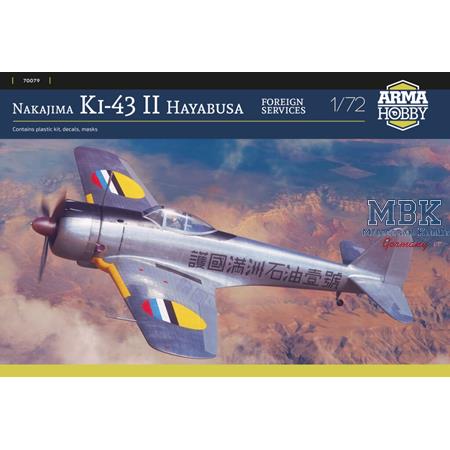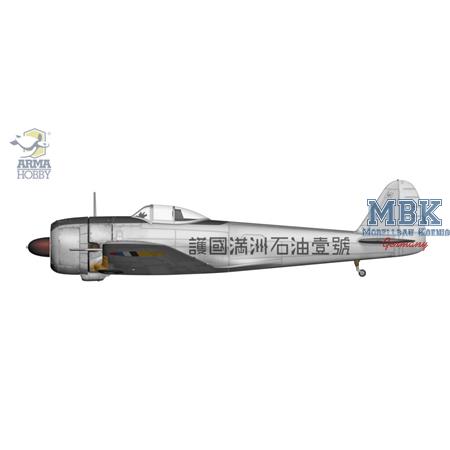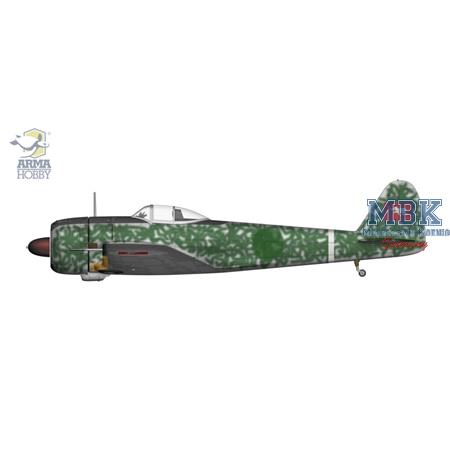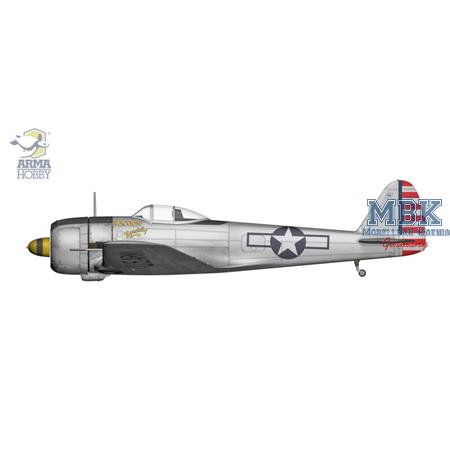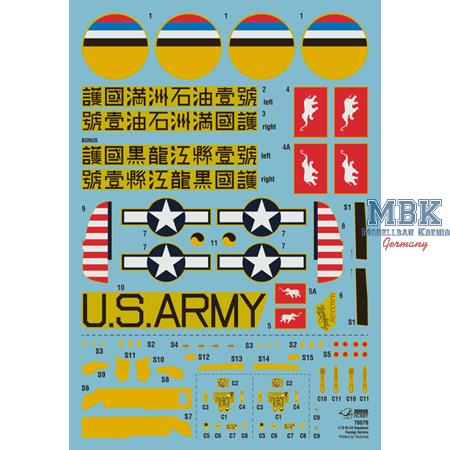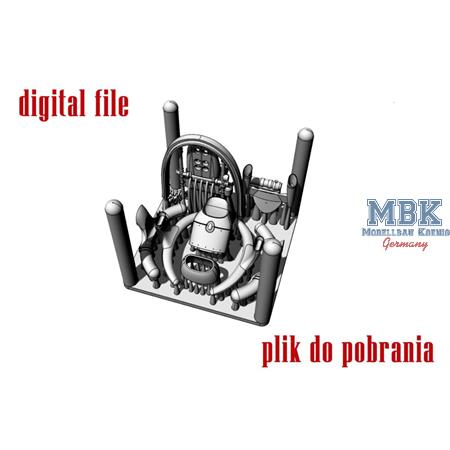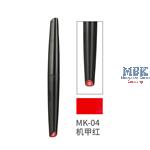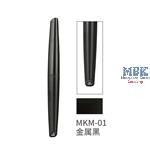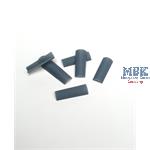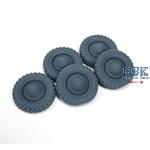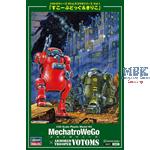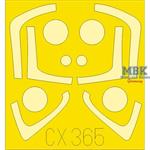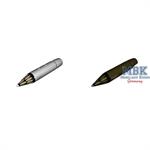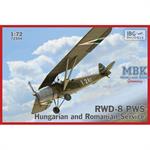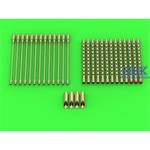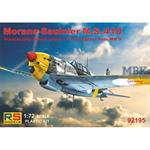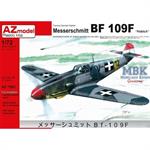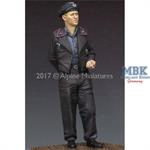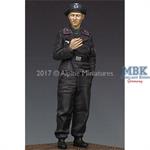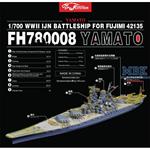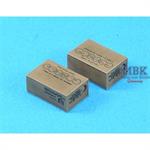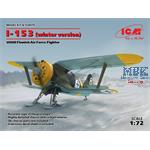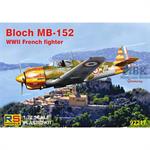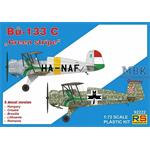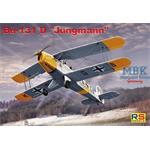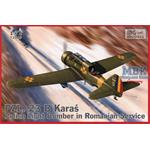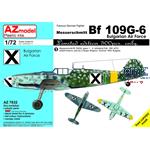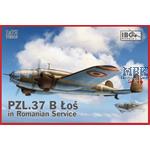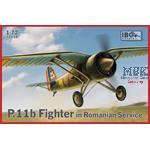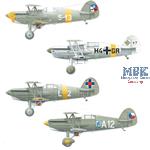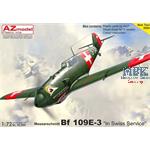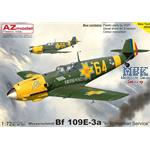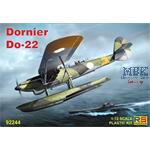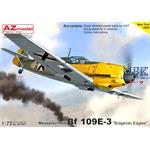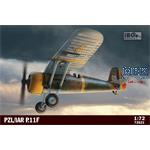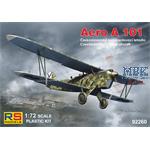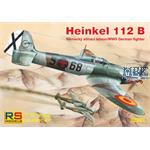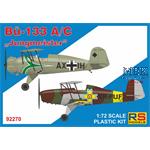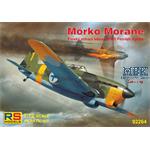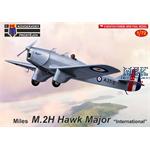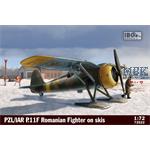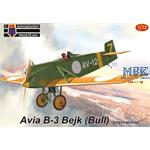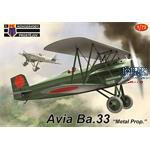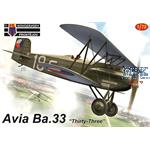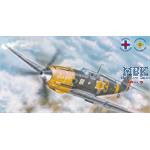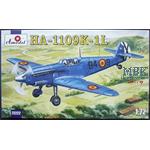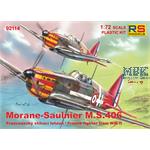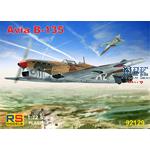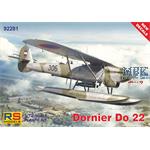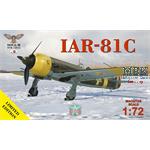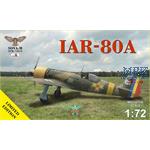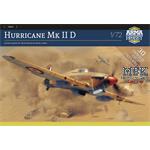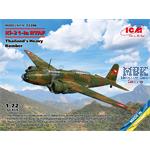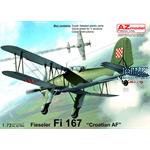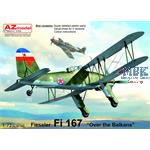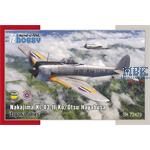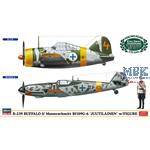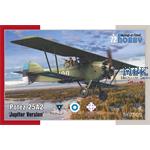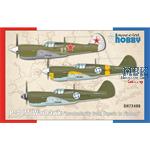Nakajima Ki-43 II Hayabusa - Foreign Services
ARMA70079
ARMA HOBBY
1:72
It was a core element of Imperial Japanese Army aviation throughout World War II, with successive versions being improved and produced throughout.
Although it remained somewhat overshadowed by the naval aircraft Mitsubishi "Zero," which was famous on the Pacific Front for its spectacular carrier battles, the Hayabusa played a vital role in battles over the Asian continent: over China, Burma, Malaya, but also over the Philippines and New Guinea.
There, it fought successfully against the air forces of China, the United States, Great Britain, Australia, and the Netherlands, making a significant contribution to the first major Japanese victories.
The Ki-43 was developed at the Nakajima factory in the late 1930s under the direction of Hideo Itokawa, based on the experience gained with the highly successful Ki-27 aircraft, which had proven itself excellent in combat over China. The Ki-43's design was based on the specific concept of a light aircraft with excellent maneuverability and climbability, as well as good speed, achieved at the expense of a rather fragile structure, weak armament, and virtually no armor.
This corresponded to the Japanese doctrine of demanding maneuver combat, which required masterful training and great courage from the pilots. Interestingly, the Hayabusa was powered by the same engine as the "Zero."
In the early stages of the war, as the Japanese armies conquered more and more territory in Southeast Asia, the Ki-43 was no match for its opponents, easily defeating Hurricanes and Buffalos.
Later, however, the "Oscars" became increasingly obsolete, and their lightweight construction did not allow for major improvements.
From 1944 onwards, they began to be replaced by the excellent Ki-84 Hayate in the main production lines and in combat units, but their production continued until the end of the war and they were also used in combat, including in kamikaze units.
Hayabusa fighter aircraft also found their way into the air forces of other countries. Japan's allies, such as Thailand and the puppet state of Manchukuo, used them during World War II.
After the war, many of the aircraft abandoned or captured by the Japanese were used by France, China, and—for testing purposes—the USA, among others.
Plastic model kit
- Paint masks
- Decals with 3 marking variants
- Free 3D file for self-printing - QR code and link in the kit instructions
- Exhaust pipes - two types
- Pilot seat and seat belts
- Gun barrels
- Oil cooler
- Fuel cooler
- Nakajima Ki-43 II Hayabusa, 2nd Hiko Tai, Manchukuo Air Force, 1944
- Nakajima Ki-43 II Hayabusa, 15th Hiko Chutai, Royal Thai Air Force, Don Muang Airport, summer 1943
- Nakajima Ki-43 II Hayabusa, 8th Fighter Squadron, 49th Fighter Group, Hollandia, May-June 1944
unbuilt / unpainted
Paint and glue not included
Write now your personal experience with this article and help others with their purchase decision.
